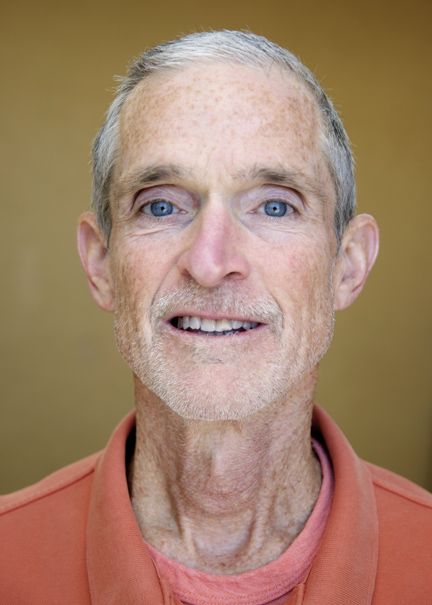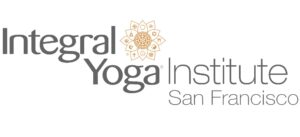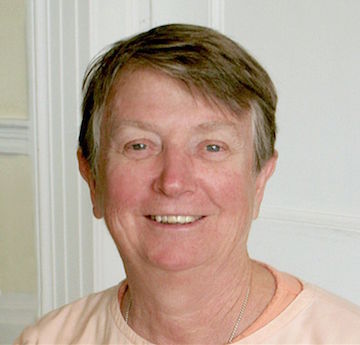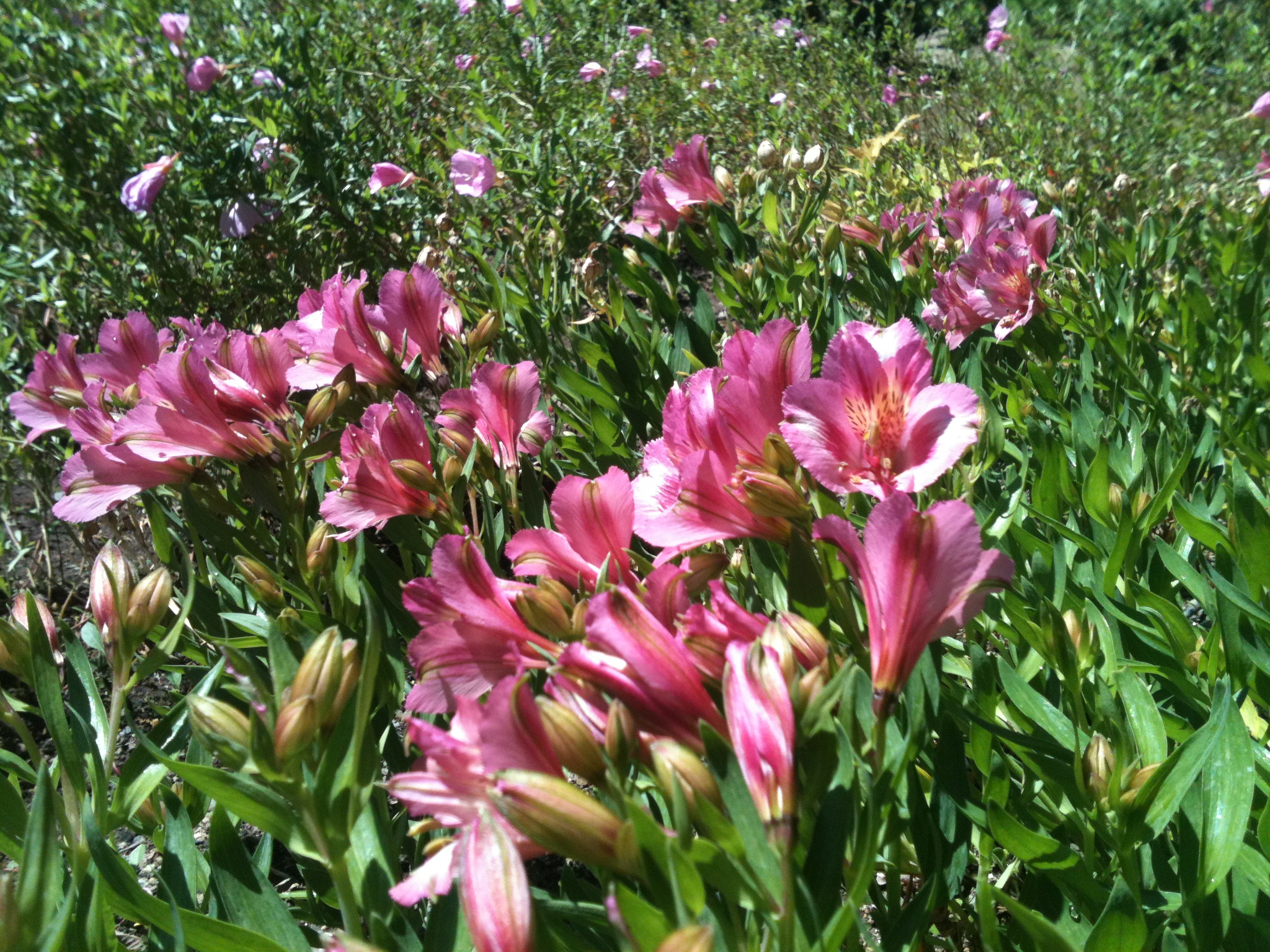Honoring the Divine Feminine
by Swami Ramananda
At a recent Earth Day event that was held at the Integral Yoga Institute in San Francisco, we honored Mother Earth with prayers, expressions of gratitude, and a puja, as we committed ourselves to restoring the earth. Many countries celebrate Mother’s Day in the month of May, so this is a wonderful time to reflect and keep our hearts focused on honoring the mother—both our mother figures and the energies, virtues, and lessons of the Divine Feminine.
The Divine Feminine refers to the creative energies that bring Spirit into expression and all the manifestations of Spirit into form. Honoring it need not imply worshipping a Hindu goddess with six arms; it can be as simple as appreciating the natural beauty around us and as practical as planting a backyard garden.
Working cooperatively with the earth in this way, caring for the soil, and sharing its abundance is a beautiful way to honor Mother Earth and nourish each other. Likewise, we honor the earth by caring for our natural environment, recycling, preventing waste and pollution, and supporting green energy.
Spending time in nature can be deeply healing. Being in contact with the earth, such as walking barefoot or lying in the grass grounds us, relieves tension, and alleviates stress. We often talk about being in nature as if we are separate from it. Our bodies are a part of nature and caring for them—seeing them as temples of the Spirit within—is also a way of showing reverence. This doesn’t mean obsessing over the superficial look of the body, but nourishing it with proper food and rest, and respecting its needs with our posture and breathing.
Our female energies are essentially creative, giving birth to life and nourishing growth with caring and protection. This creative power exists in each of us and we give expression to it through art, music, and writing. But even starting a business, setting up a home, teaching a Yoga class, or cooking for friends gives expression to this potent energy. We honor these energies by giving ourselves time to be creative in whatever ways move us.
Yet another way of relating to the feminine aspect is the image of a Divine Mother. Many female saints and deities are role models of great virtue or a personification of spiritual qualities that inspire us to emulate them and seek their guidance. By acknowledging a spiritual presence beyond the ego-mind and its limited ideas, we humble ourselves and open our hearts to receive a grace that is always present. Praying this way, or invoking the Divine Mother through a ritual like puja, can be a powerful way to access an inner strength and rise above selfish thinking by feeling our connection to a Higher Power.
An obvious way of honoring the Divine Feminine is to honor our own mothers. Peoples around the world follow the tradition of celebrating Mother’s Day often by offering gifts of appreciation to their biological mothers, or anyone who has been a mother figure in their lives. Most of us have someone who has mothered us: feeding and protecting us, nourishing our development, supporting us through hard times, and loving us despite our mistakes. Acknowledging, with gratitude, all we have received opens our hearts and reminds us of the importance of the natural feminine propensity to nourish others.
Our modern culture places so much importance on science and technology, often with a world-view based primarily on ideas that can be tested with empirical observation. A sole emphasis on this world-view can cause us to feel separated from our natural interconnection with each other and the very creation we dwell in. It can also contribute to an imbalance that may be at the root of many of the problems we now face. Honoring the Divine Feminine can help us find balance and experience ourselves as part of the whole. This shift will enable us to see with a more global vision and may help solve the problems that torment a world torn from this holistic perspective.
 Swami Ramananda is the Executive Director of the Integral Yoga Institute in San Francisco and a greatly respected senior teacher in the Integral Yoga tradition, who has been practicing Yoga for over 45 years. Ramananda offers practical methods of integrating the timeless teachings and practices of Yoga into daily life, and transforming the painful aspects of human experience into steps toward realizing one’s full potential.
Swami Ramananda is the Executive Director of the Integral Yoga Institute in San Francisco and a greatly respected senior teacher in the Integral Yoga tradition, who has been practicing Yoga for over 45 years. Ramananda offers practical methods of integrating the timeless teachings and practices of Yoga into daily life, and transforming the painful aspects of human experience into steps toward realizing one’s full potential.
He leads beginner, intermediate and advanced level Yoga teacher training programs in San Francisco, and offers a variety of programs in many locations in the U.S., Europe and South America. Ramananda co-developed the Stress Management Teacher Training program with Swami Vidyananda, has trained many teachers to bring Yoga into corporate, hospital and medical settings, and has taught mind/body wellness programs in many locations. He is a certified Yoga therapist and founding board member of the Yoga Alliance, a national registry that supports and promotes yoga teachers as professionals. He is a co-founder of The Spiritual Action Initiative (SAI) which brings together individuals committed to working for social justice for all beings and for the care and healing of our natural world. His warmth, wisdom and sense of humor have endeared him to many.






